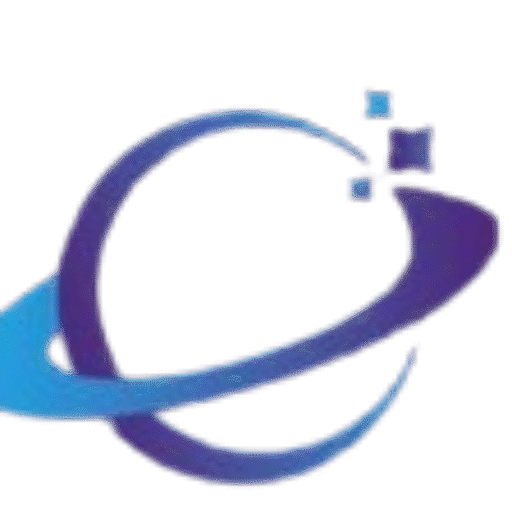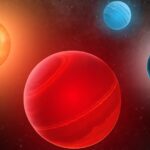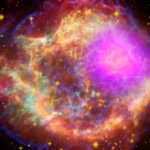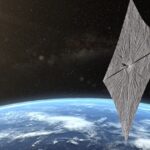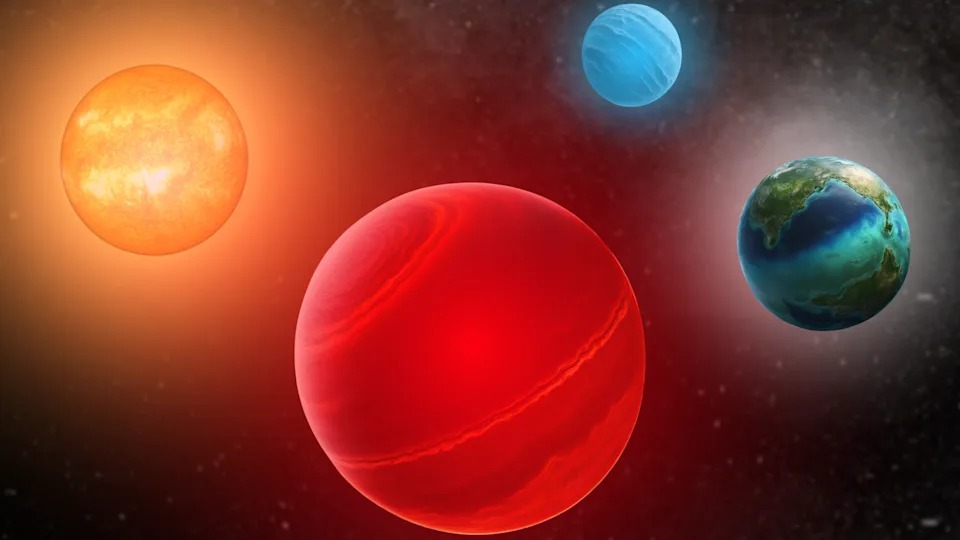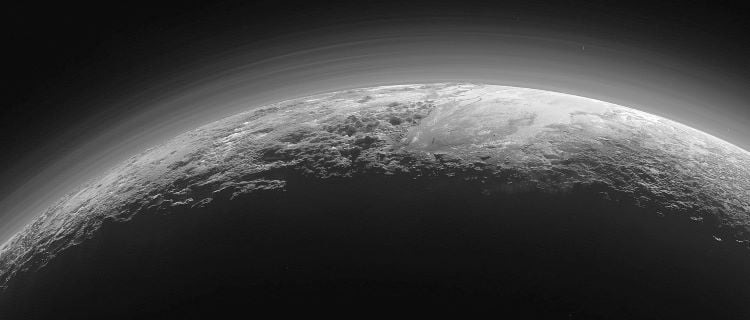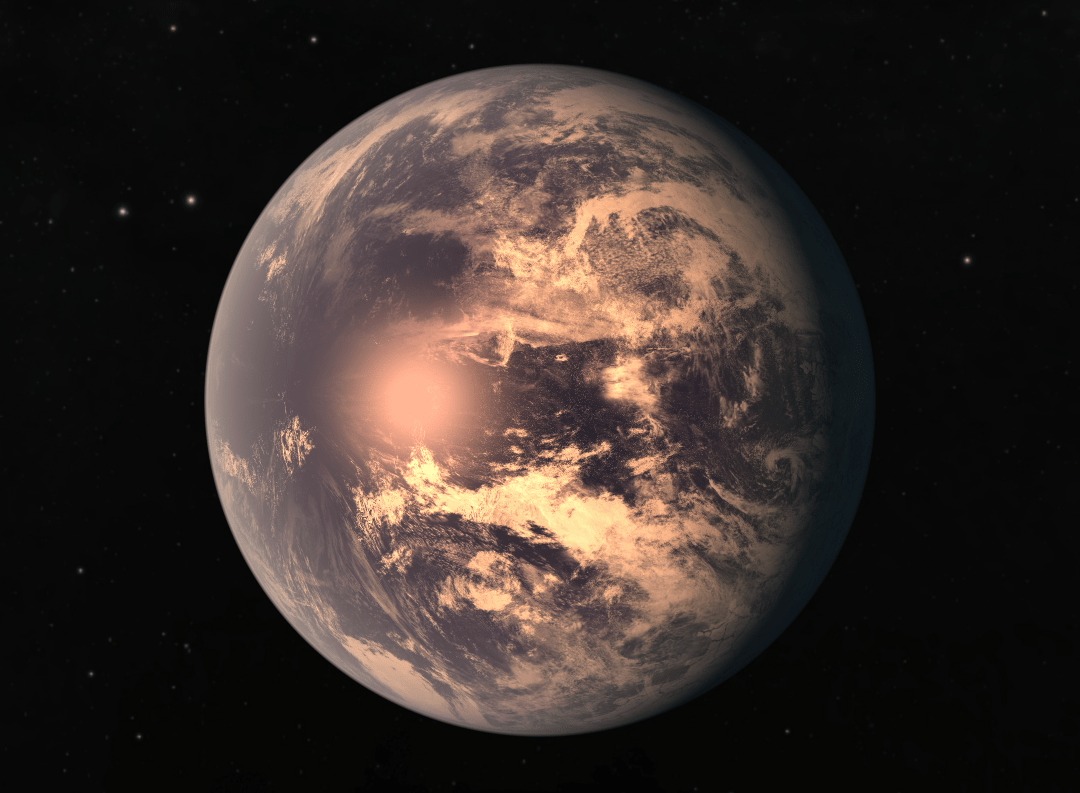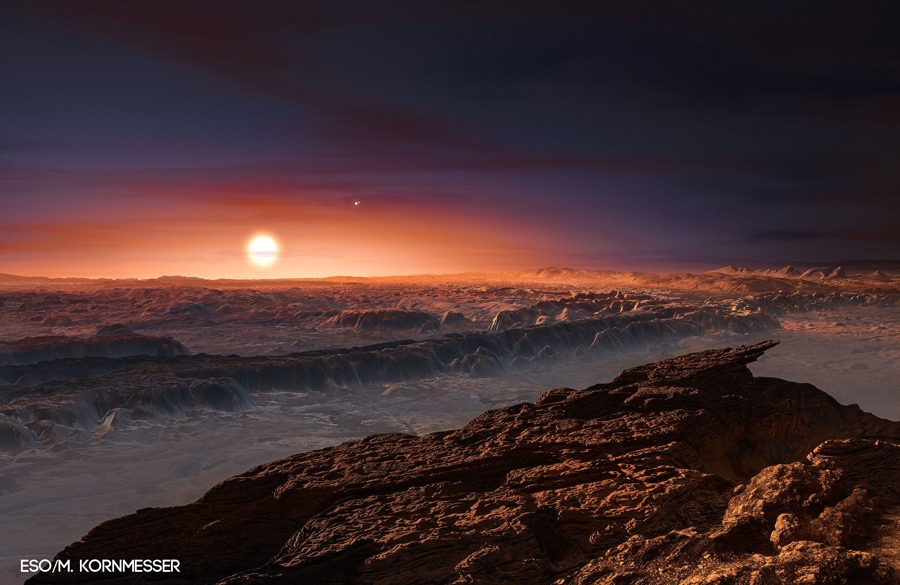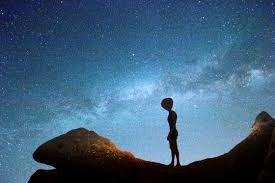We knew about the planets in our own solar system, but it was hard to imagine that there were any others. Now, thanks to powerful new telescopes and clever scientific methods, we have made one of the biggest discoveries in human history: there are planets everywhere. These planets, which orbit a star other than our Sun, are called exoplanets.
We have found thousands of them, and they are not just similar to the planets in our solar system. They are incredibly strange and diverse. We have found huge planets that are so close to their stars that their surface is like a hot lava ocean, and we have found lonely planets that wander through space without a star at all. This article will be your guide to this new and amazing world. We will take a deep dive into the different types of exoplanets that we have found, from the biggest to the most bizarre, and what these discoveries are telling us about our place in the universe.
What Is an Exoplanet? A Planet Beyond Our Sun
An exoplanet is a planet that is not in our solar system. Most of them orbit a star, but some of them, called “rogue planets,” are untethered and float freely through space. We have confirmed the existence of over 5,000 exoplanets, and scientists believe that there are billions of them in our galaxy alone.
To find these exoplanets, scientists use indirect methods. They look for the tiny signs that a star gives off when a planet is orbiting it. They look for the dimming of the star’s light when a planet passes in front of it, or they look for a small “wobble” in the star’s movement that is caused by the planet’s gravity. These clever methods have opened up a whole new universe for us to explore.
The Biggest and the Brightest: Hot Jupiters
One of the first types of exoplanets that we discovered completely surprised us. These planets are called Hot Jupiters. They are huge gas giant planets, similar in size to Jupiter, but they orbit incredibly close to their stars. Their years can last for only a few days, and their surface temperatures can reach thousands of degrees.
The existence of Hot Jupiters was a surprise because in our solar system, the large gas giants like Jupiter and Saturn are very far away from the Sun. Scientists believe that Hot Jupiters did not form so close to their stars. Instead, they believe that these planets formed farther away and then moved inward, a process called “migration.” How they did this is still a big mystery, and it is a fascinating area of research. We have found many of these Hot Jupiters, and they are some of the most extreme and fascinating planets in the galaxy.
The Super-Sized Earths: Super-Earths and Mini-Neptunes
Another type of exoplanet that we have found a lot of is one that doesn’t exist in our solar system at all. These planets are bigger than Earth but smaller than Neptune. We call them Super-Earths and Mini-Neptunes.
- Super-Earths are rocky planets that are bigger than Earth. They can be up to 10 times the mass of our planet. The name “Super-Earth” only refers to their size; it does not mean they are just like Earth. Some of them might have liquid water on their surface, while others could be a very hot lava world. These planets are enveloped in mystery because there is nothing similar to them in our solar system.
- Mini-Neptunes are also bigger than Earth but smaller than Neptune. Unlike Super-Earths, these are gas worlds. They likely have a core of rock or ice, with a thick atmosphere of hydrogen and helium. The existence of these planets has forced scientists to rethink how planets form.
These types of planets are very common in our galaxy, and they have shown us that our solar system is not the only way a star system can be built.
The Watery Worlds: Ocean Planets and Hycean Planets
As the search for life continues, scientists are very excited about a new type of planet that is covered in a huge amount of water. We call these Ocean Planets. These are planets that are completely covered in a deep ocean. They might not have any land at all.
A new type of ocean planet has also been proposed, called a Hycean planet. The name is a mix of “hydrogen” and “ocean.” These are planets that are covered in a huge ocean, but they have a very thick atmosphere of hydrogen. Scientists believe that these planets could be a very good place to look for life. They are a little bigger than Earth, which makes them easier to see, and their oceans could have the perfect conditions for life. The James Webb Space Telescope is now looking at these kinds of planets for signs of biosignatures in their atmospheres.
The Extreme Planets: From Lava Worlds to Rogue Worlds
The diversity of exoplanets is truly amazing. We have found planets that are so different from our own that they sound like they came from a science fiction movie.
- Lava Worlds: These are rocky planets that orbit so close to their stars that their surface is covered in a huge ocean of lava. They are tidally locked, so one side of the planet is always facing the star and is incredibly hot, while the other side is incredibly cold. The light from these planets can be seen in the form of a faint red glow.
- Rogue Planets: These are planets that do not orbit a star. They are “cosmic loners” that wander freely through the galaxy. Scientists believe that they were once part of a star system but were thrown out of their orbits by the gravity of other planets or stars. Most of them are believed to be very cold and dark, but some scientists think that if they have a moon, the tidal forces could create enough heat to have a liquid ocean under the ice, which could be a home for life.
- Tidally Locked Planets: Many of the exoplanets we have found are tidally locked. This means that one side of the planet is always facing its star and is in a state of eternal day, while the other side is in a state of eternal night. This can create huge winds that blow from the hot side to the cold side. Scientists believe that there could be a “twilight zone” between the two sides where the temperature is just right for liquid water.
The Holy Grail: Earth-Sized Planets in the Habitable Zone
The ultimate goal of the hunt for exoplanets is to find a planet that is just like Earth. We are looking for rocky planets that are about the same size as Earth and that orbit their star in the habitable zone. A star system called TRAPPIST-1 has seven Earth-sized planets, three of which are in the habitable zone. This makes it a top target for the search for life.
Conclusion
The world of exoplanets is a beautiful and strange place. The discovery of thousands of planets has completely changed our view of the universe. We have gone from thinking that our solar system was the only one to knowing that there are billions of planets in our galaxy alone. We have found planets that are a lot like Earth and planets that are so different that they sound like they came from a fantasy story. The hunt for new worlds is still just beginning, and with new, more powerful telescopes, we are closer than ever to finding a planet with life on it. The journey to find the next Earth is a great one, and it is a journey that is helping us understand our place in a universe that is full of amazing and diverse worlds.
